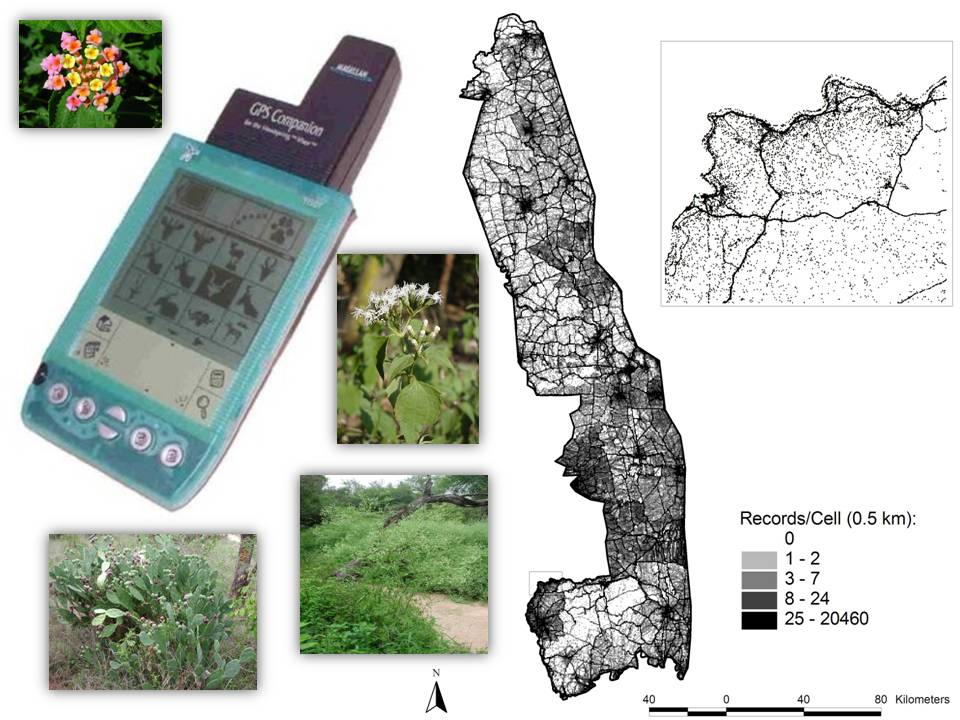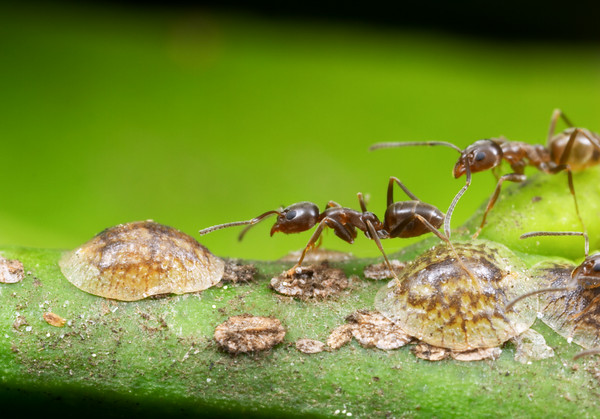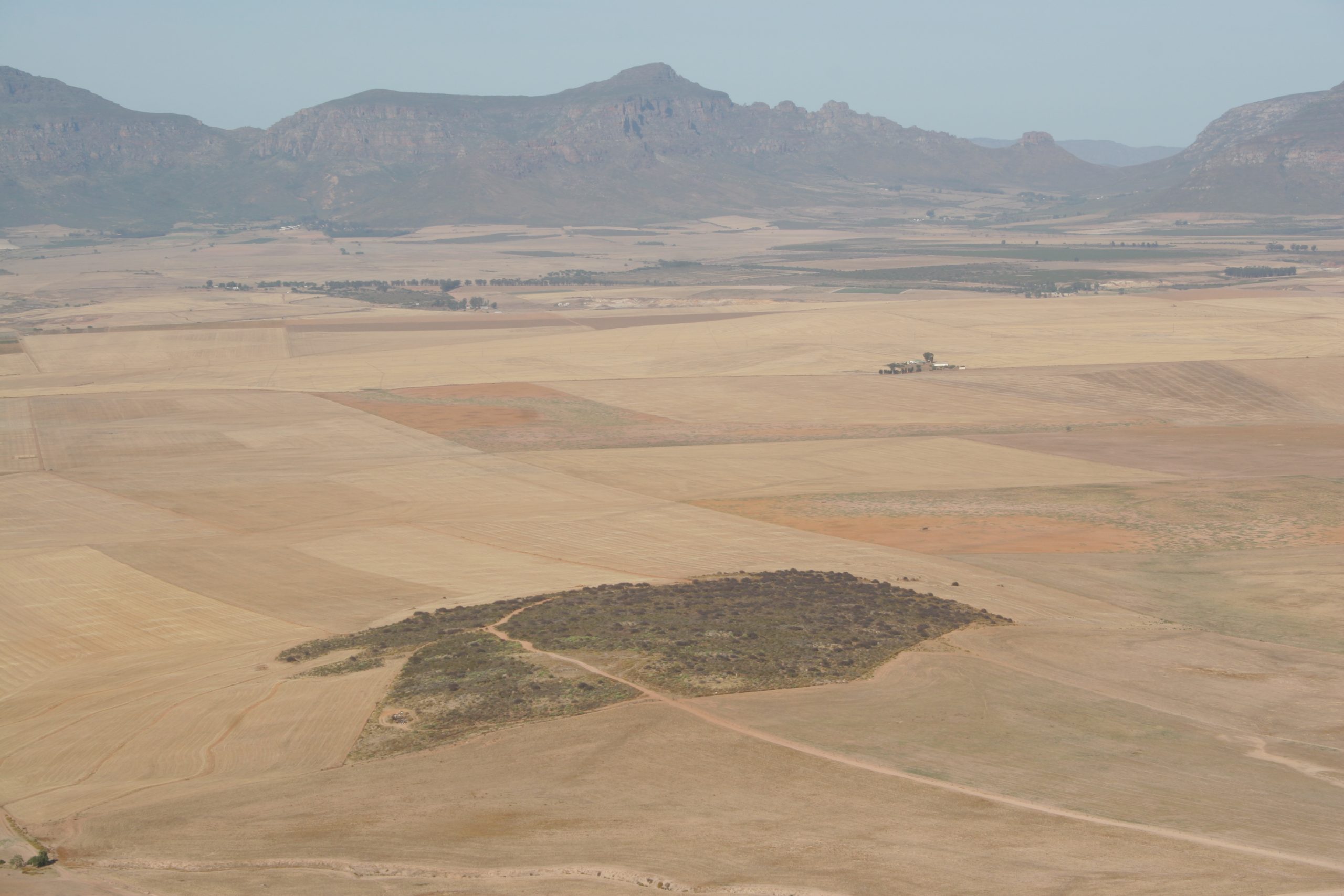Restoration of plant-pollinator mutualisms
The old adage than “an ecosystem is more than the sum of its parts” is well illustrated by plant-pollinator mutualisms. Pollination is a vital ecosystem process that mostly goes unnoticed, typically involving small animals that transfer pollen from flower to flower as they sip nectar or gather pollen.




